A City Built by Gentlemen For Gentlemen
Images: James Nicholls
The baroque capital city of Valletta in Malta was founded and built in 1565 after the Great Siege. Having defeated the Ottomans, the Knights of the Order of St. John, who at that time ruled the Maltese archipelago, decided that they needed to defend themselves and the island in case of further attack.
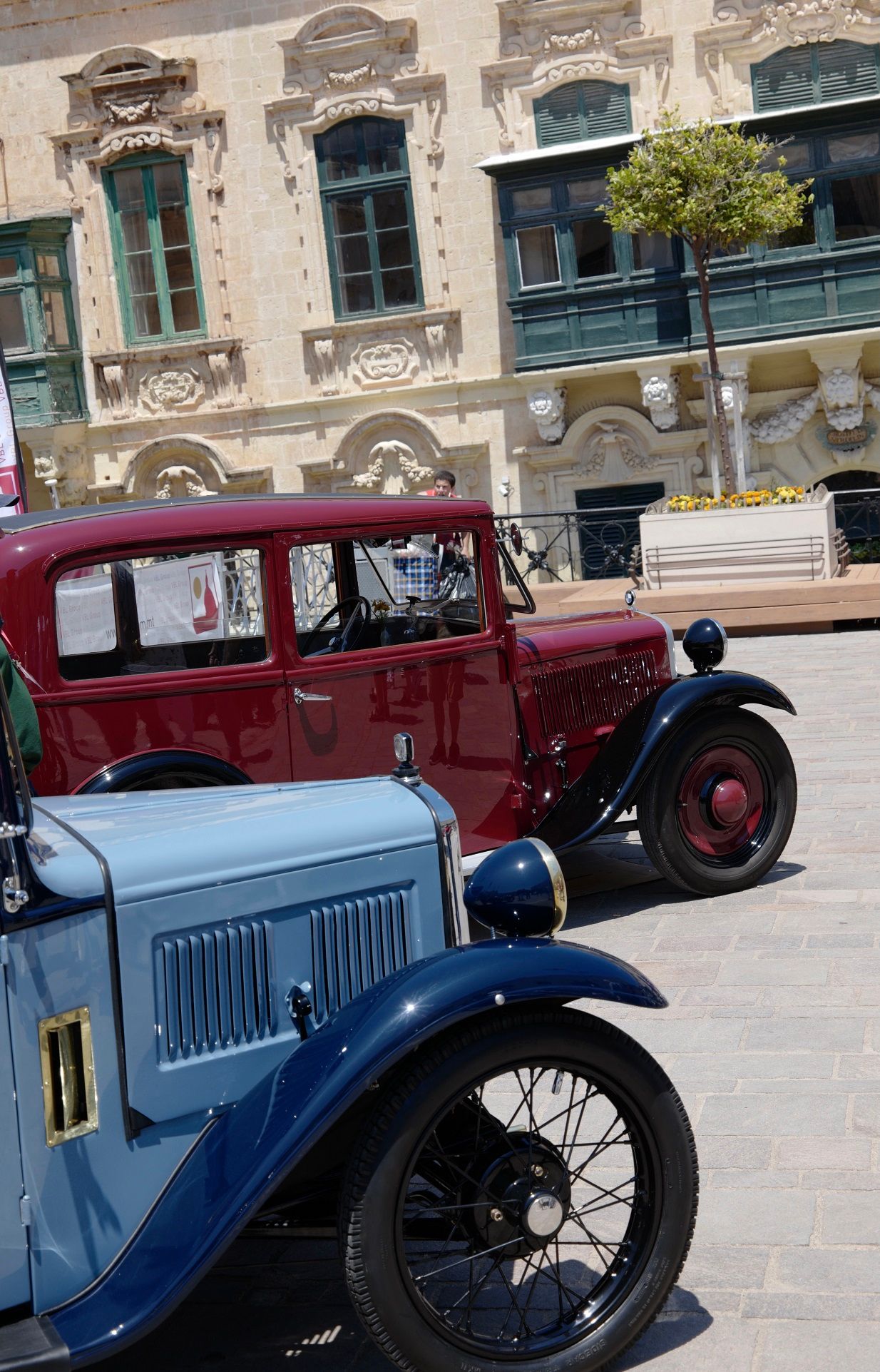
Valletta is therefore a walled city built on the promontory between the two natural harbours. The city was planned by Francesco Laparelli da Cortona, an architect and military engineer with extensive knowledge and experience in the design and construction of fortifications and who had also assisted Michelangelo in the building of the dome of St. Peter’s Cathedral in Rome.
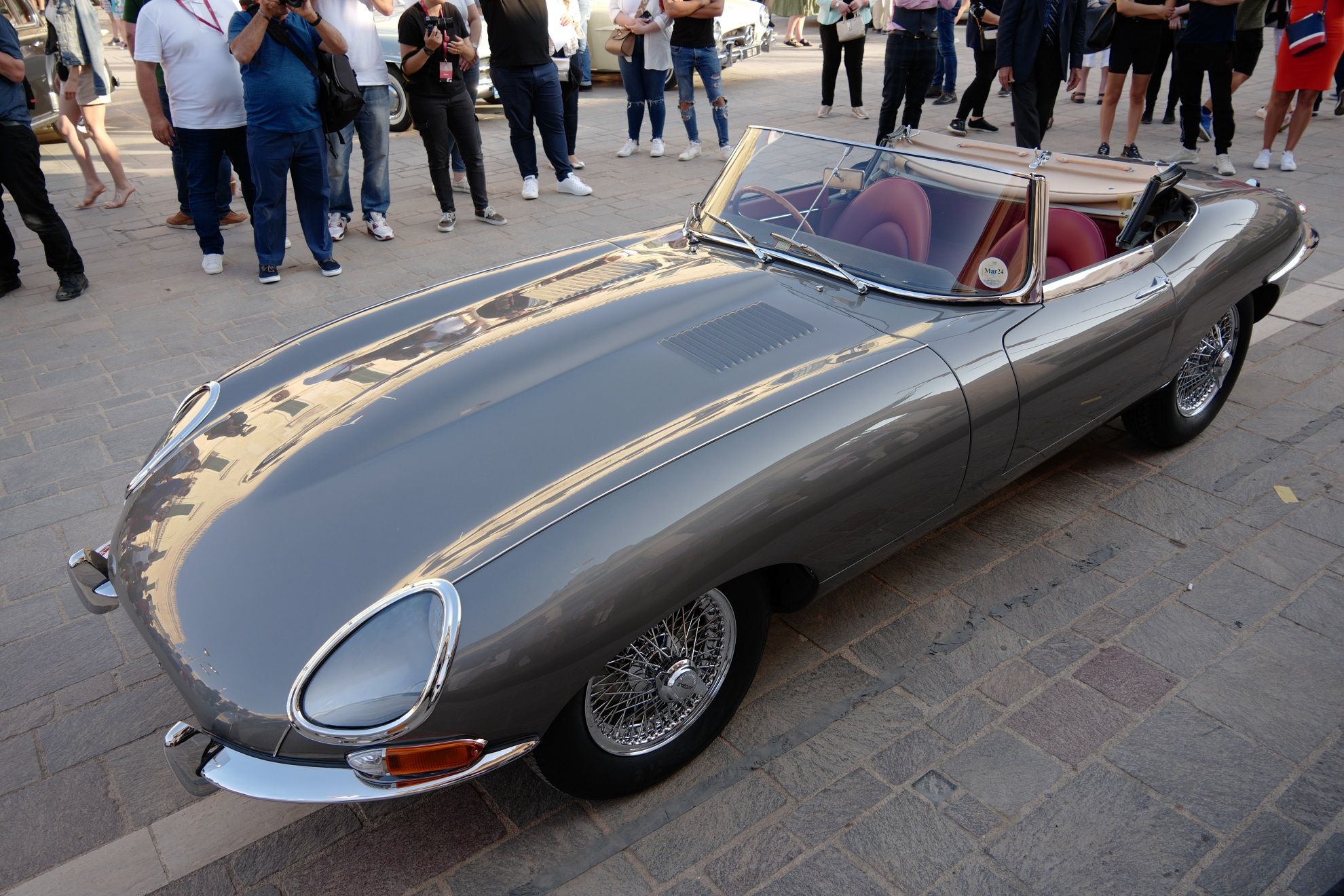
The city is named after Grand Master Jean Parisot de La Vallette who led the drive to strengthen the Knights bastion but who passed away in 1568. Valletta became the capital city of Malta on 18th March 1571 when the Grand Master Pietro del Monte moved everything from Fort St. Angelo in Birgu to the new city which was planned as a grid of nine streets running parallel to the promontory ridge and with 12 streets running across, along with a ring road inside the fortified walls.
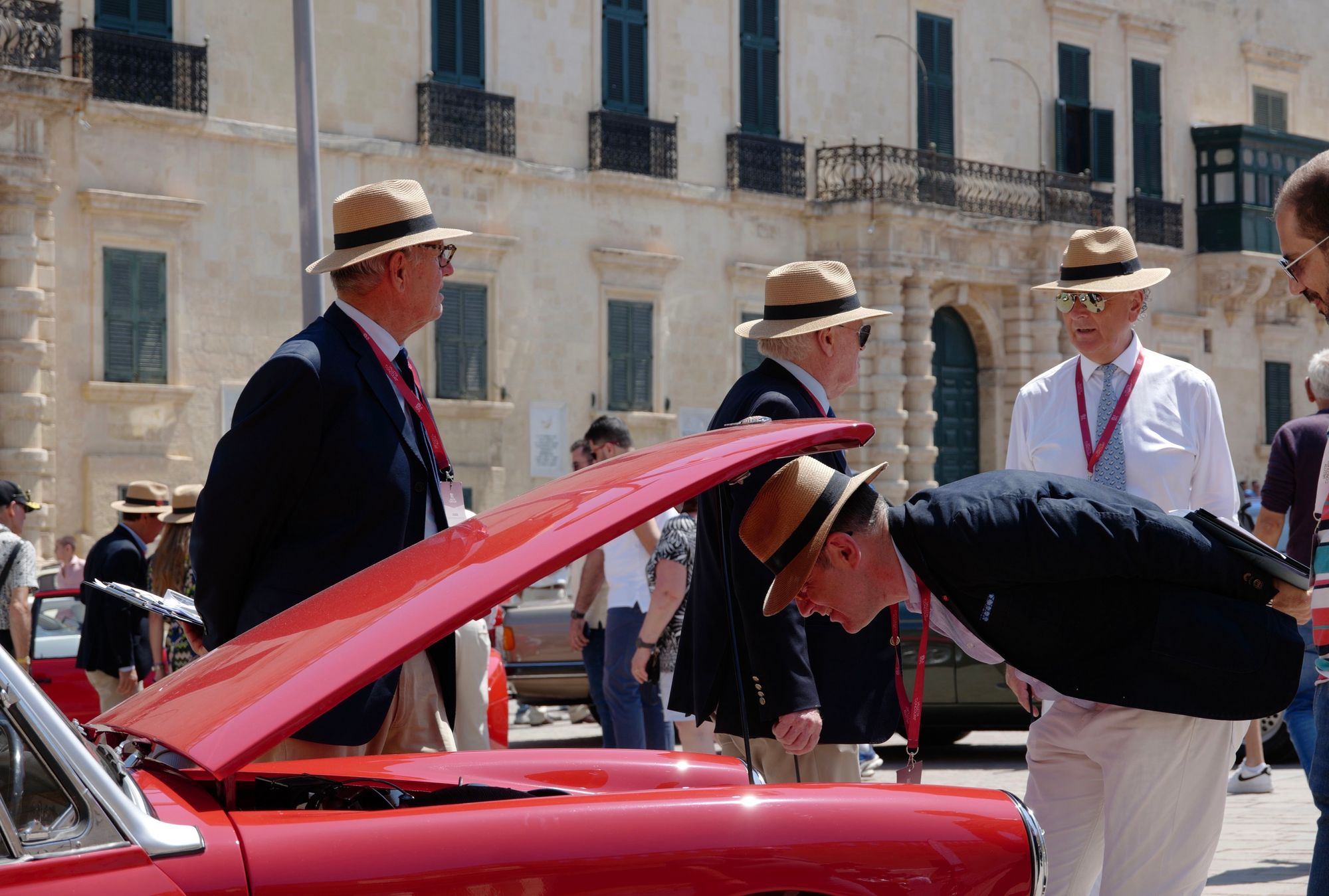
Of great geographical and strategic importance Malta has seen many come and go over the years including early Phoenicians from what is now the Lebanon, Carthaginians, the Romans, Byzantines, Arabs, Normans, Sicilians (Sicily is just 60 miles away), Spain, the Knights Templars, Napoleon, and ultimately the British before it gained independence in 1964.
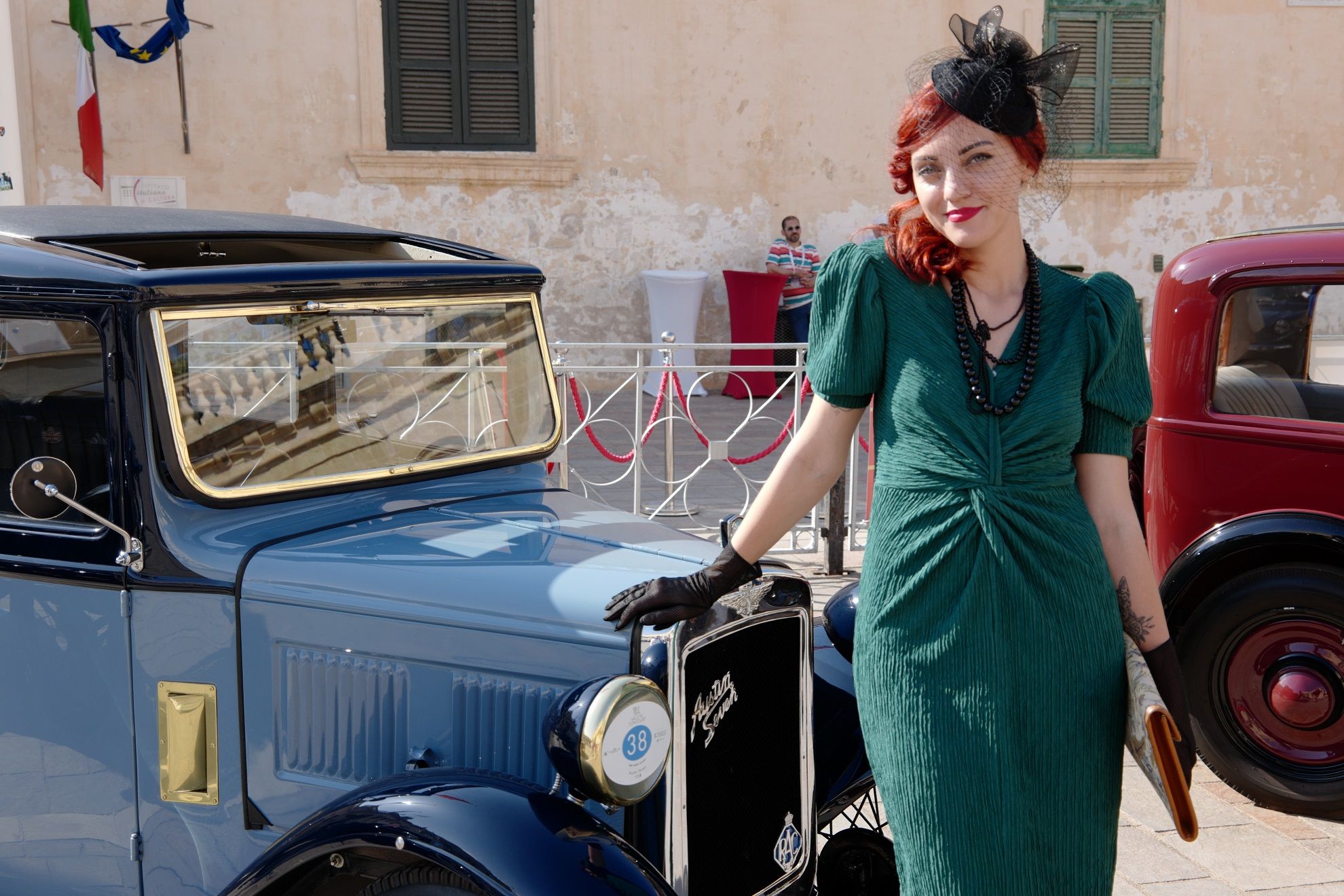
Valletta, the smallest capital city in the European Union was declared a UNESCO World Heritage Site in 1980 and today is an open-air museum of churches, balconies, and pale-yellow sandstone palazzos some 250 to 400 years old.
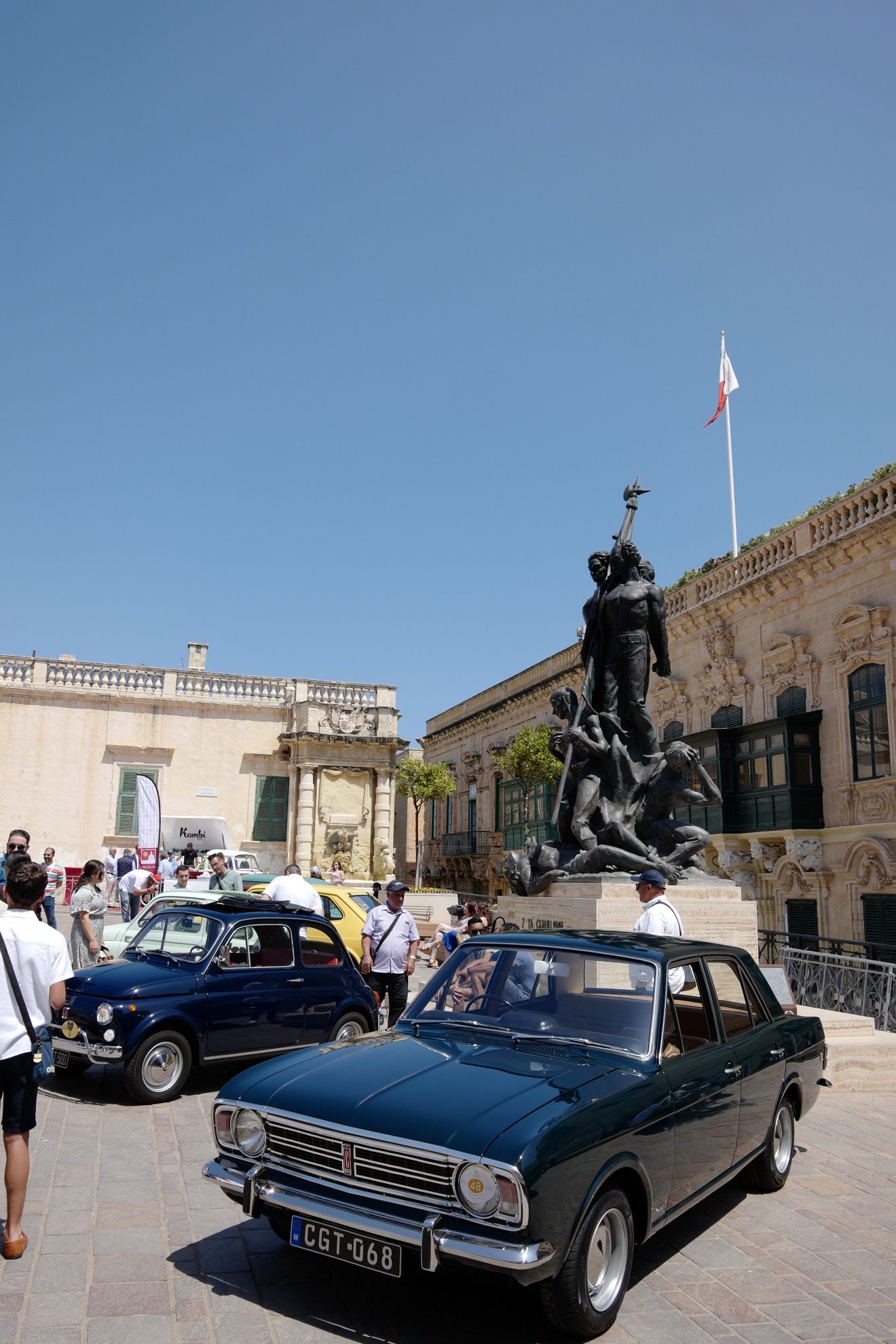
At the heart of the city lies St. George’s Square (also known as Palace Square), so named in that the whole island was awarded the George Cross for its bravery during WWII and which provided the arena for the fifth edition of the Valletta Concours. The brainchild of brothers John and Joel Saliba, the Valletta Concours is the finest event of its kind in the Mediterranean, and I was delighted to be invited to be a member of the judging panel led by Mr. Concours, aka Jeremy Jackson Sytner whose mother hails from the island.
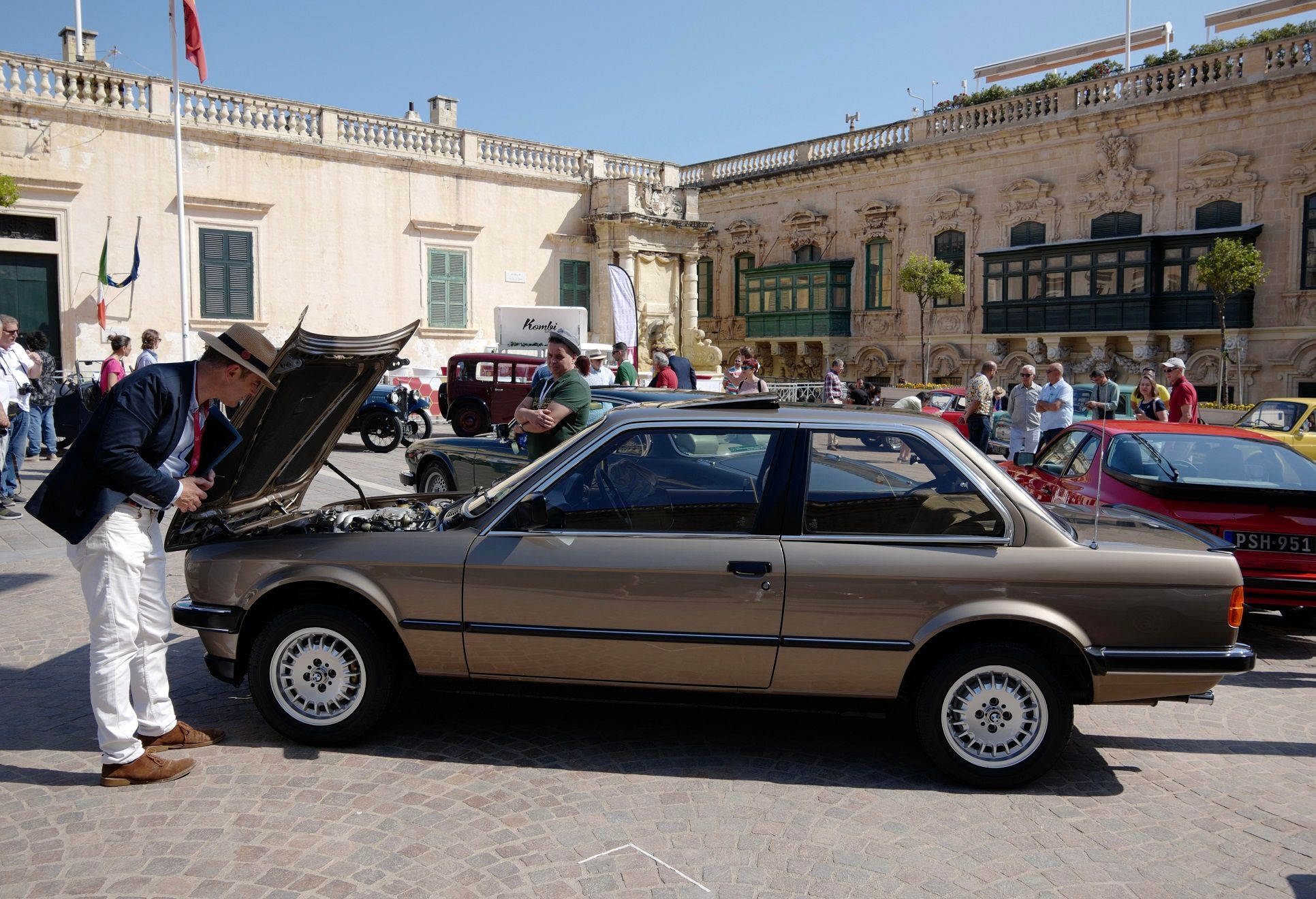
I was certainly in exalted company with such car luminaries as Michael Quinn, the grandson of Jaguar founder Sir William Lyons, and Professor Peter Stevens who is one of the world's best-known and most sought-after automotive designers responsible for the look of the influential and acclaimed McLaren F1 which marked a paradigm shift in high performance car design.
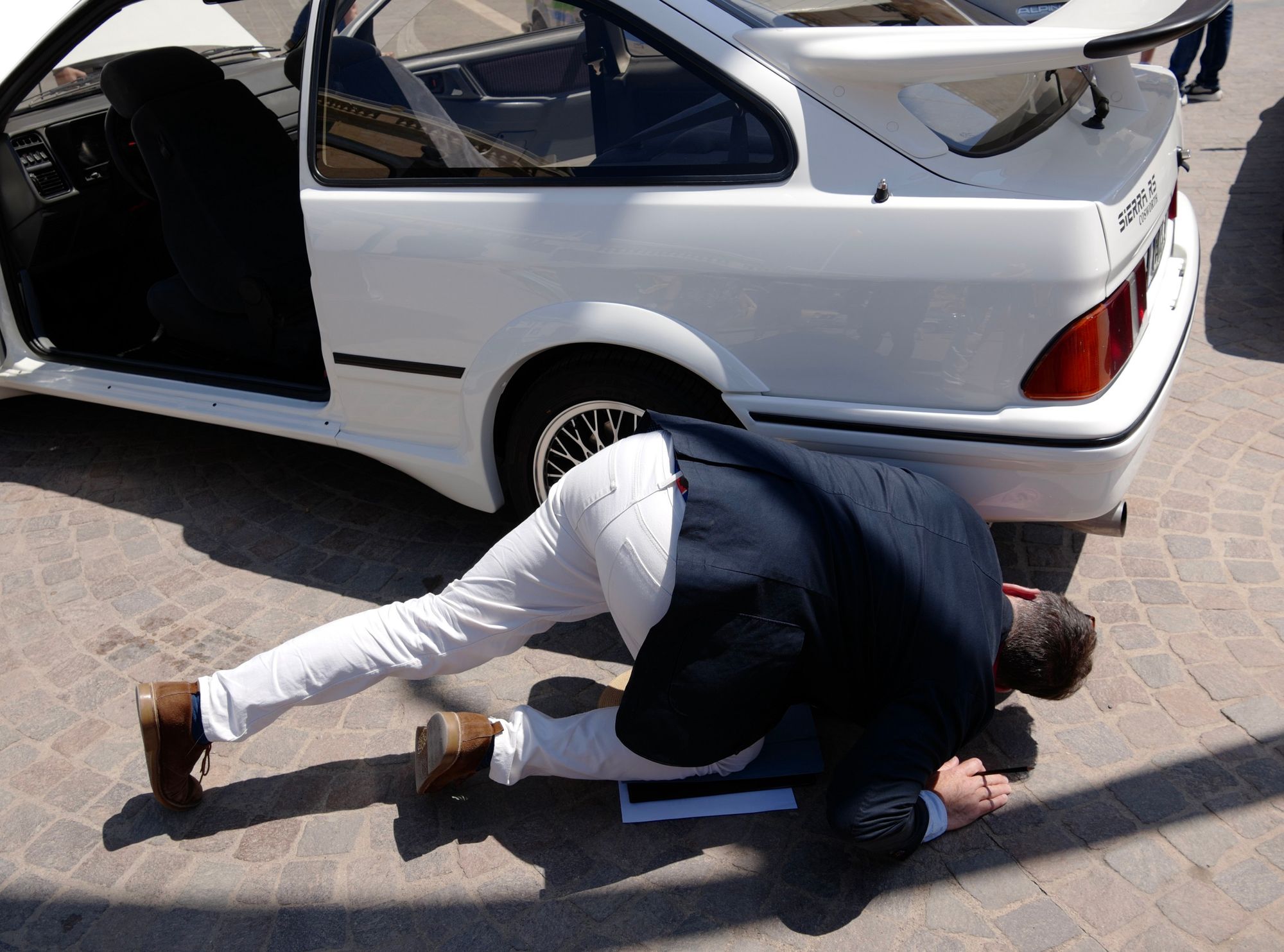
75 cars gathered early on Sunday morning for the jury, and the thousands of spectators who thronged the Square throughout the day, to appreciate. Having been under British influence for much of the 20th Century there were many British cars on display whilst the proximity of Malta to Sicily and Italy meant that Fiat 500s and Ferraris also made strong appearances.
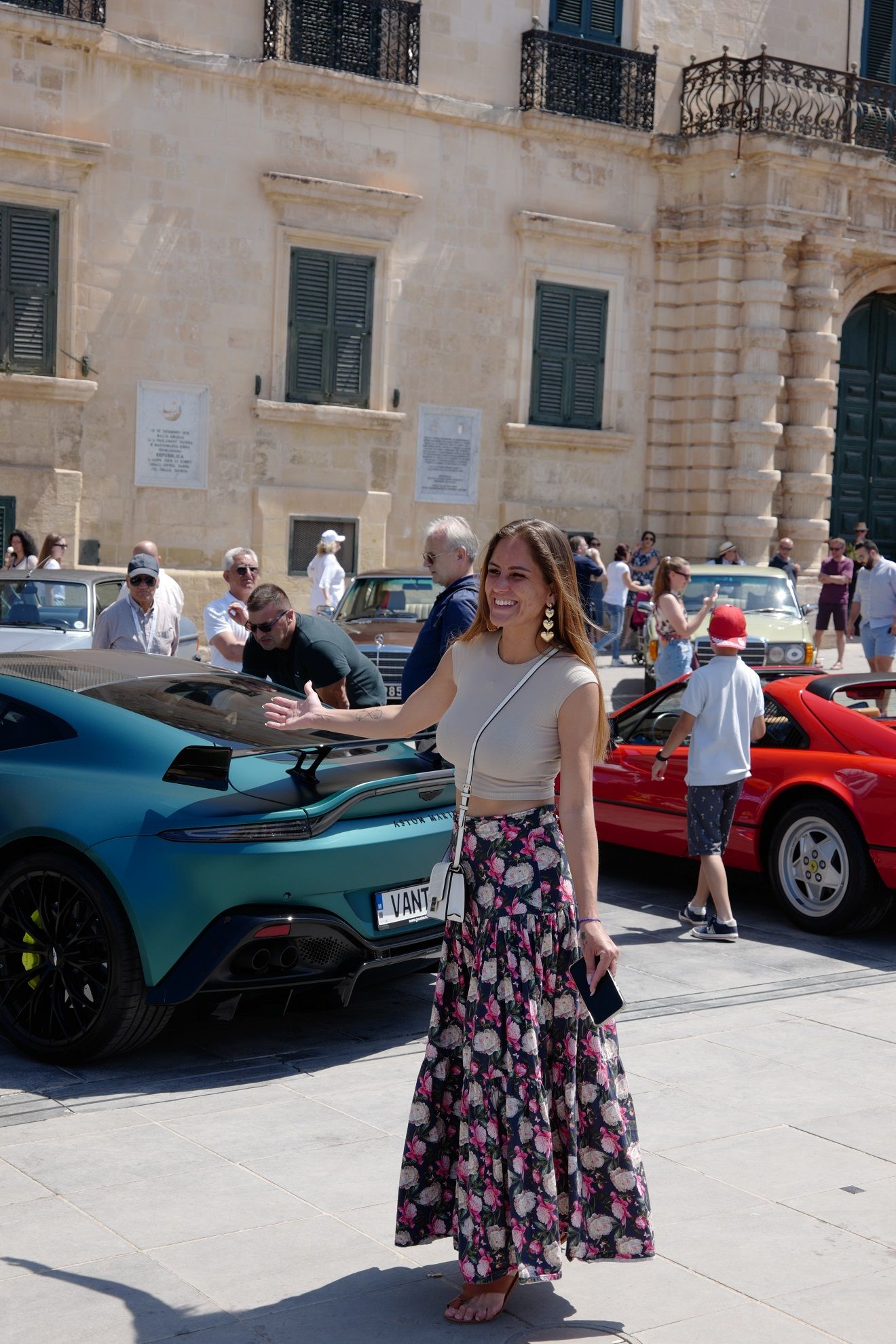
Our Chief Judge had changed up the format by asking his jurors to judge in pairs across classes and in order to make sure we were all in the same page, had instigated a judging master class on the Saturday afternoon where we all, perhaps surprisingly having judged a sample car independently, came up with a very narrow band of similar scores.
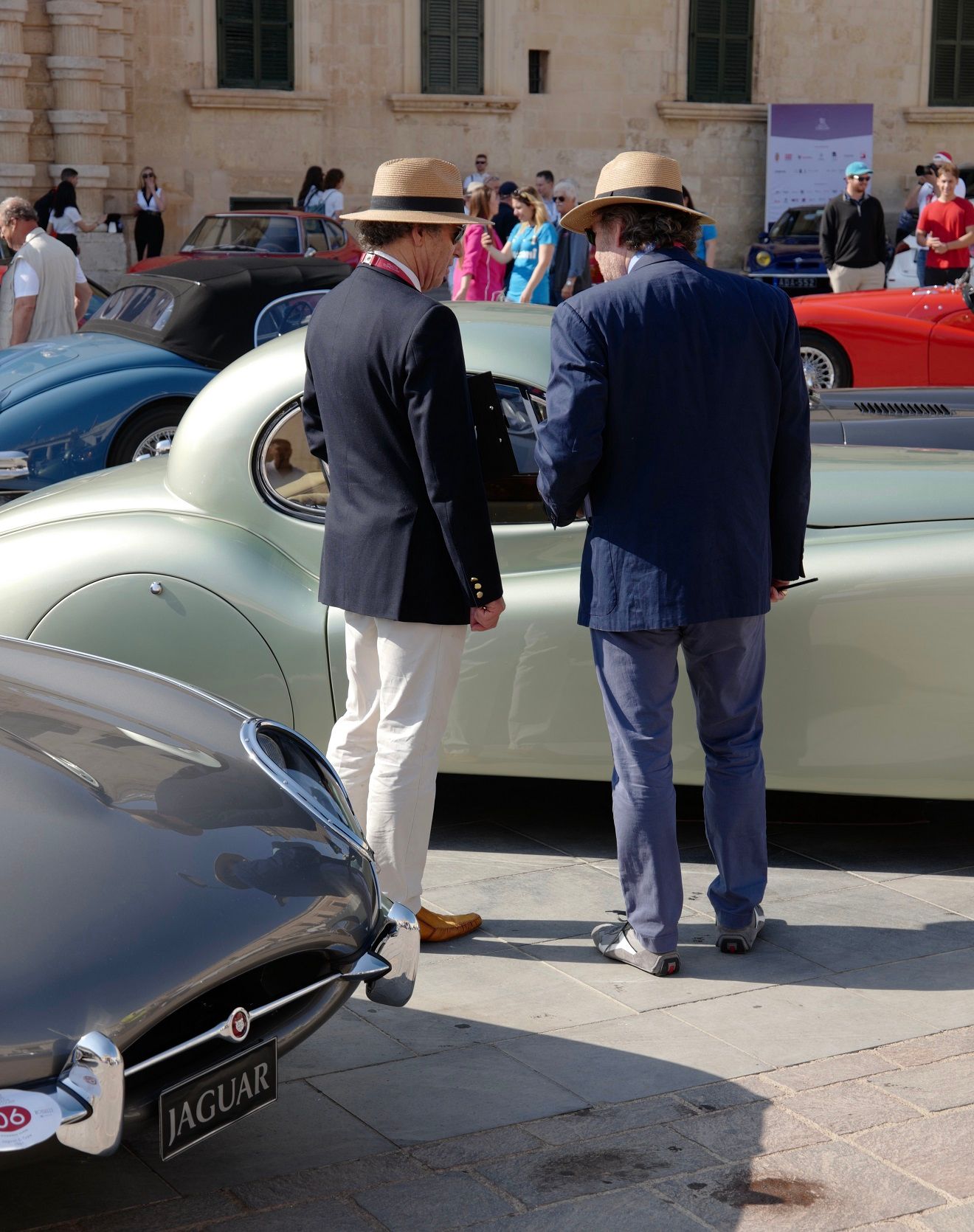
On what was to become a very hot and sweaty day as the sun reflected off the stone buildings, my judging partner, the very learned and knowledgeable John Mayhead and I set forth to speak to the enthusiastic owners and grade our ten vehicles which ranged from a Bentley S1 through to a Honda Civic Hondamatic, with a 40-year-old BMW 320i coupe so original and in wonderful condition that we might have been doing a pre-delivery inspection, and I suppose as I am based in Australia a Vauxhall VXR8 inspired by Holden Special Vehicles.
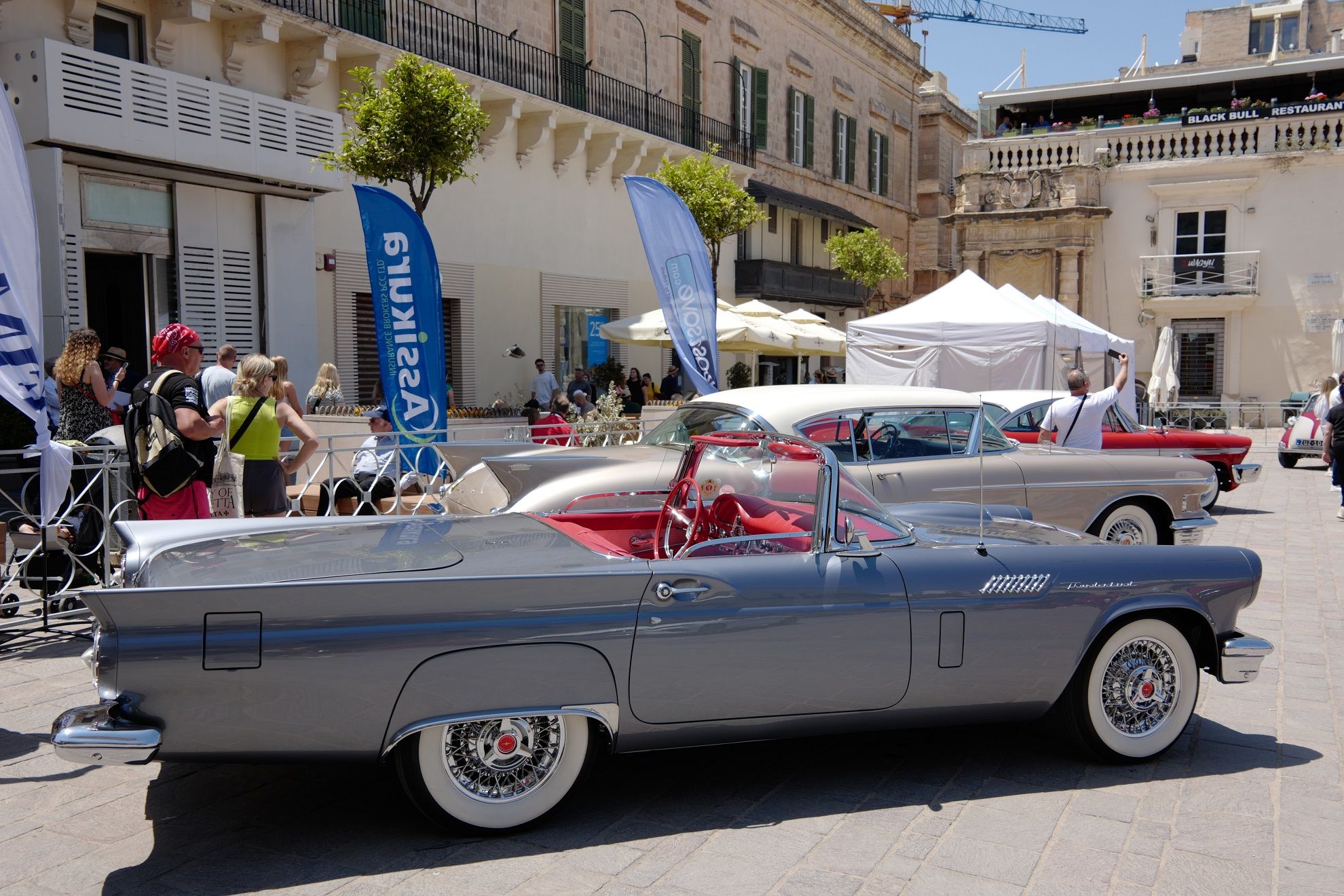
So many of the cars were absolutely immaculately presented with owners dressing up in period costume and eager to explain the details and idiosyncrasies of their much-loved vehicles, some of which came from grand collections whilst others were a single of object of pride and joy.
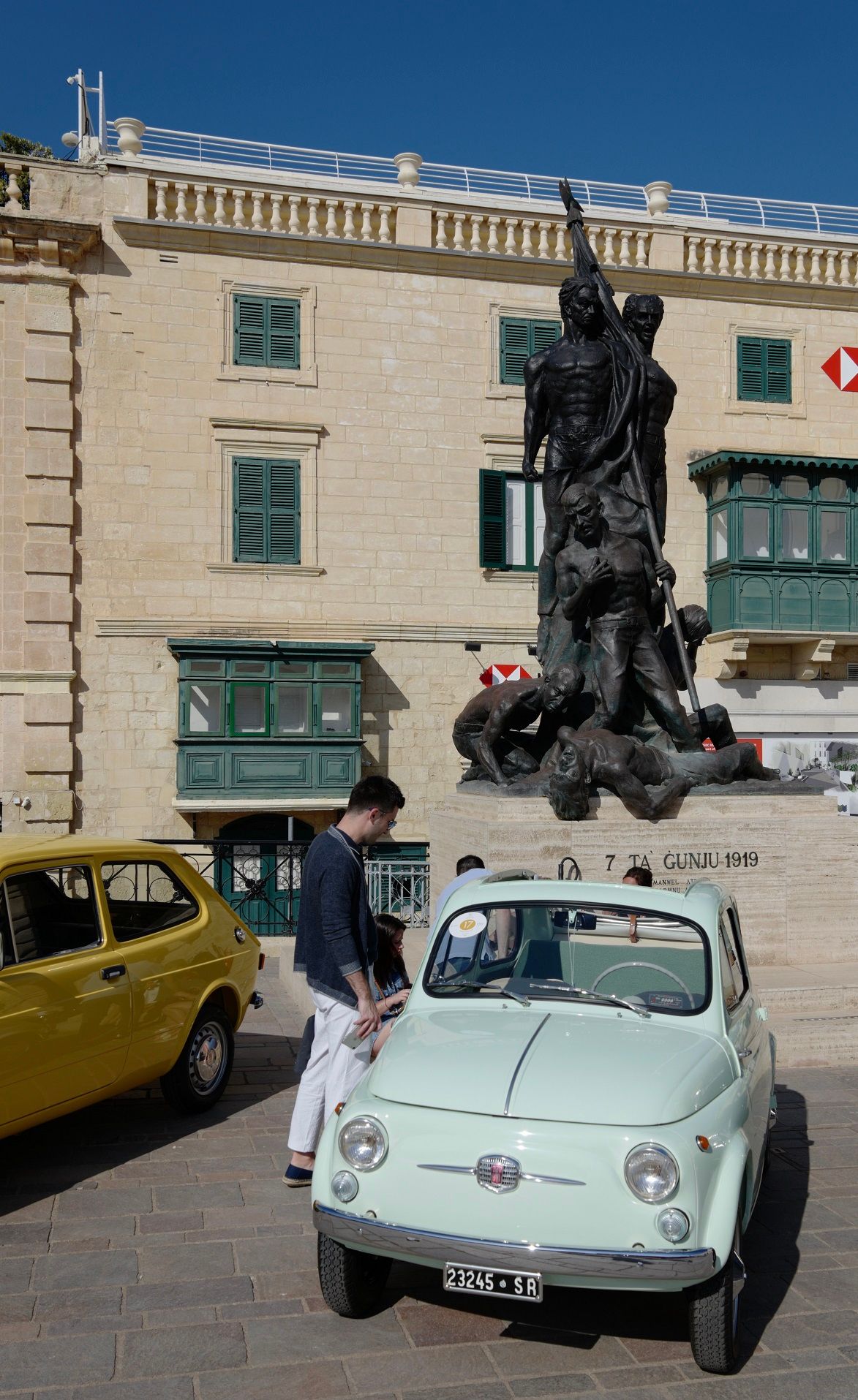
The American Class was one by a lovely 1957 Thunderbird; a stunning E-Type took out the Elegance Class, whilst an XK150 was the winner of the Jaguar Class. The BMW 320i could not be surpassed by any other of the Modern Classics, with the almost perfect Ford Prefect the winner of the Popular Classic Class. Other worthy prize winners included the 1947 Sunbeam Talbot, a beautiful blue Austin Seven, the first of just 58 right-hand drive Ferrari Testarossas ever built, and a slightly humbler early Fiat 500 with suicide doors and full fold back roof.
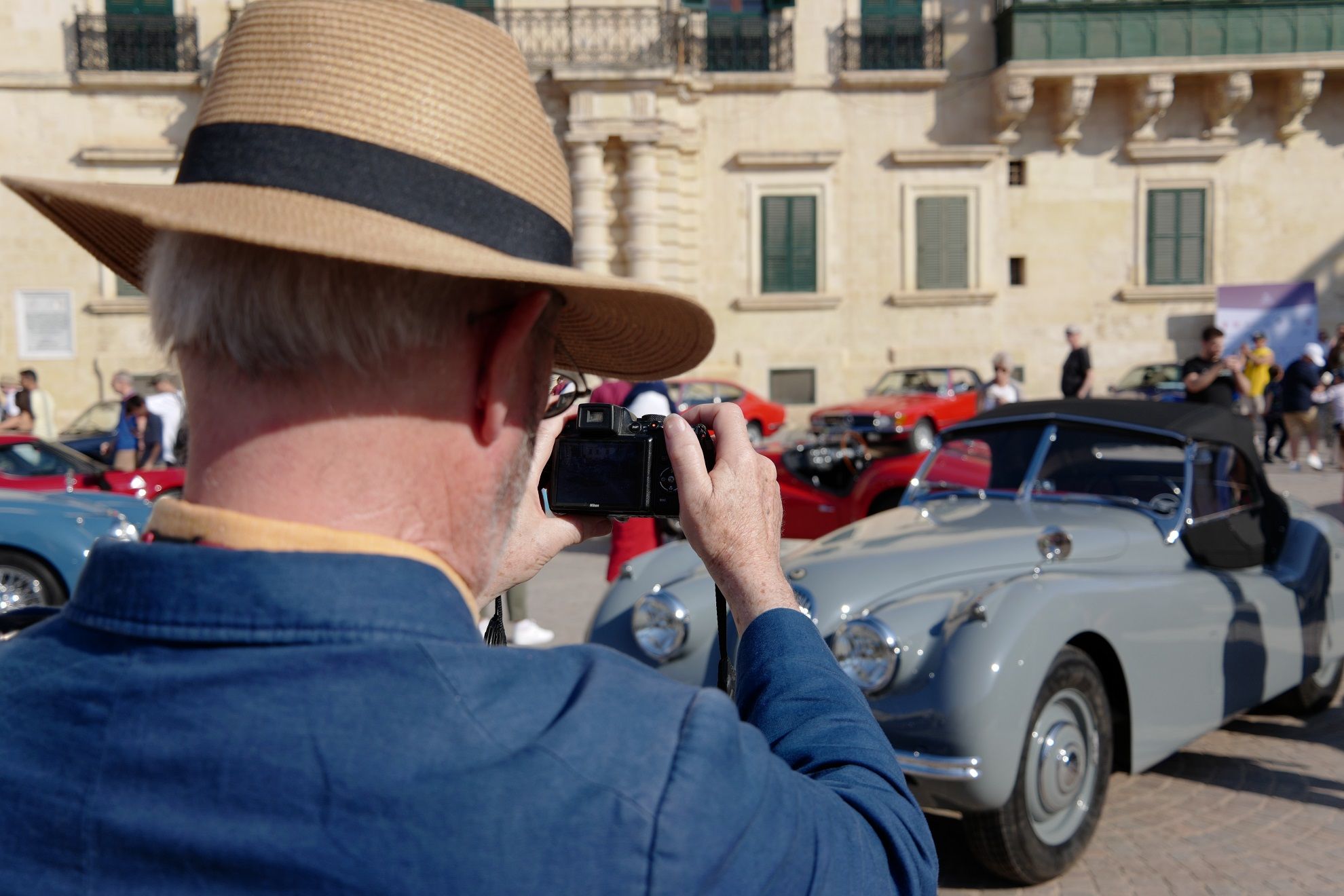
Amongst my favourites were the simple and beautiful lines of the 1962 Alfa Romeo Giulia Sprint 1600 in Grigio Milano, the red 1960 Triumph TR3A which whilst it had a few things which were not quite right looked very La Dolce Vita and Mastroianniesque in the surroundings, along with several Fords, Escort, Cortina, and Capri which made me think of my early motoring days.
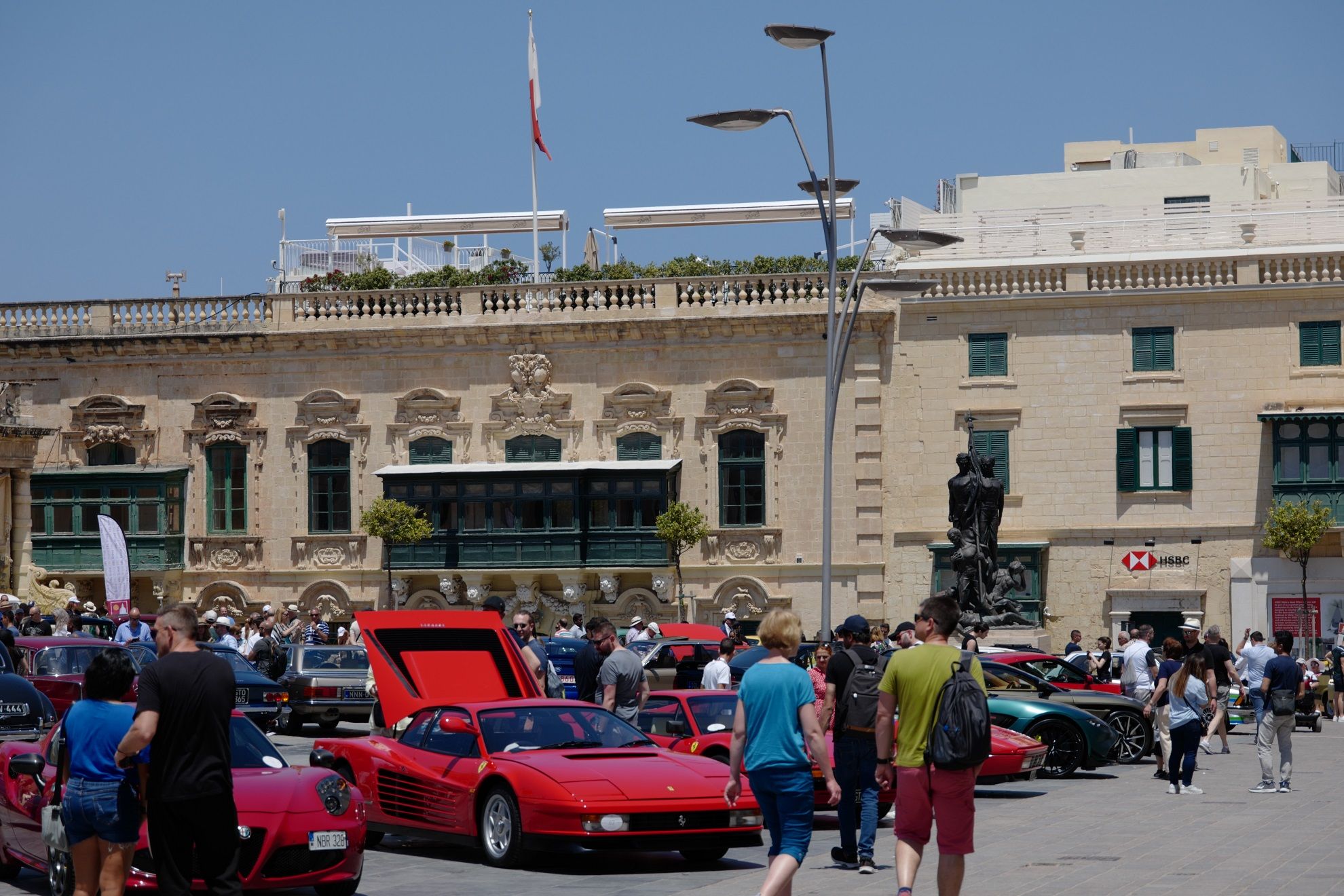
In the end though, the Best in Show went to a sublime 1961 Jaguar E-Type roadster which had undergone an extensive and very correct restoration of epic yet sympathetic proportions.
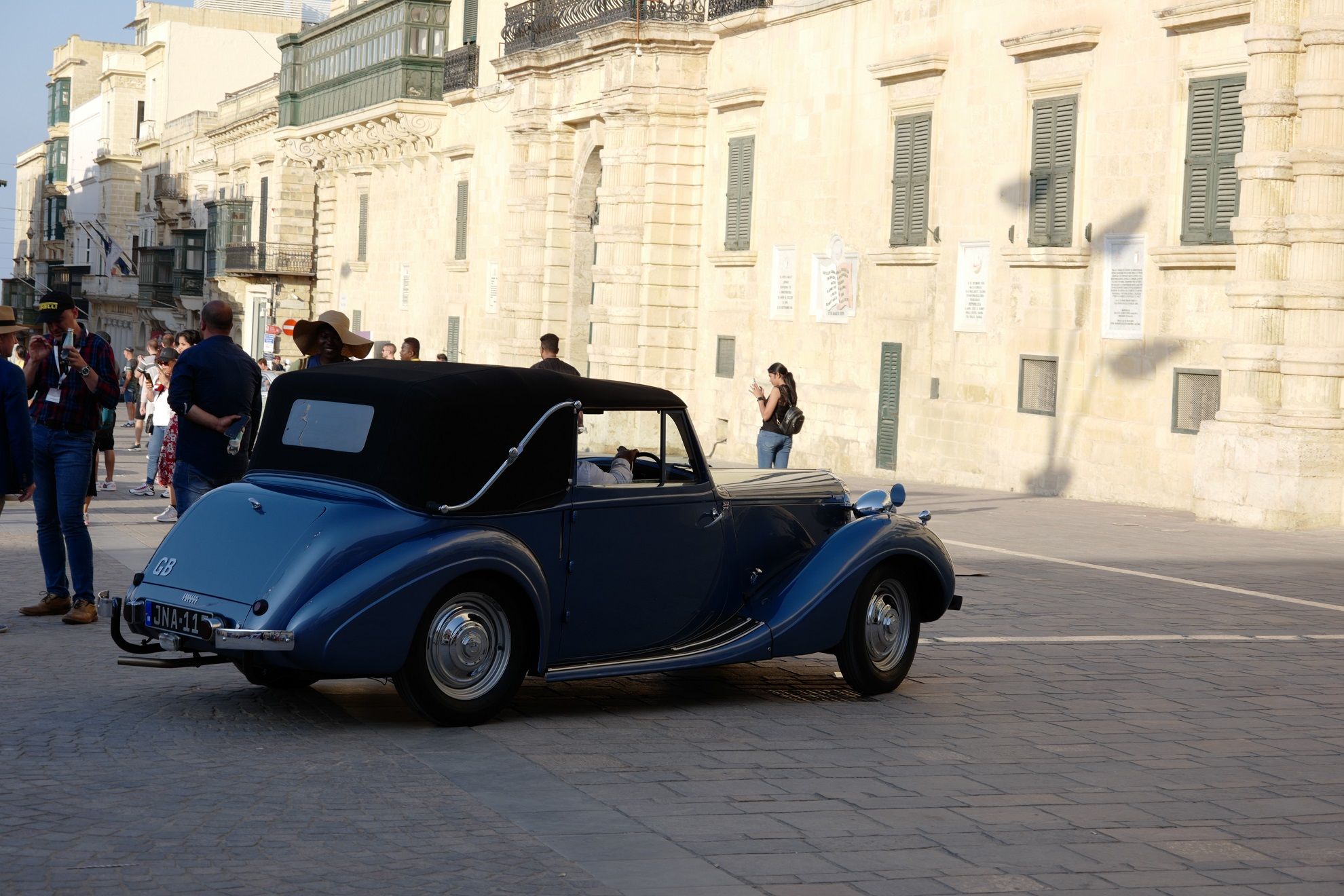
As Peter Stevens succinctly put it, “The thing to remember when you go to a faraway place to judge a concours event, like Malta, is not just the cars. It is just as much about the place and the people. It’s the mummified head of a long dead nun, the freshly caught fish, the friends in the judging team, and the Archaeological Museum you never found before. It’s the lovely, coloured E-Type that was Best in Show, and the Thunderbird that I thought appealing, plus the charming station wagon that really grabbed me and a couple of other judges that insisted I look at it! And it’s the city itself.”
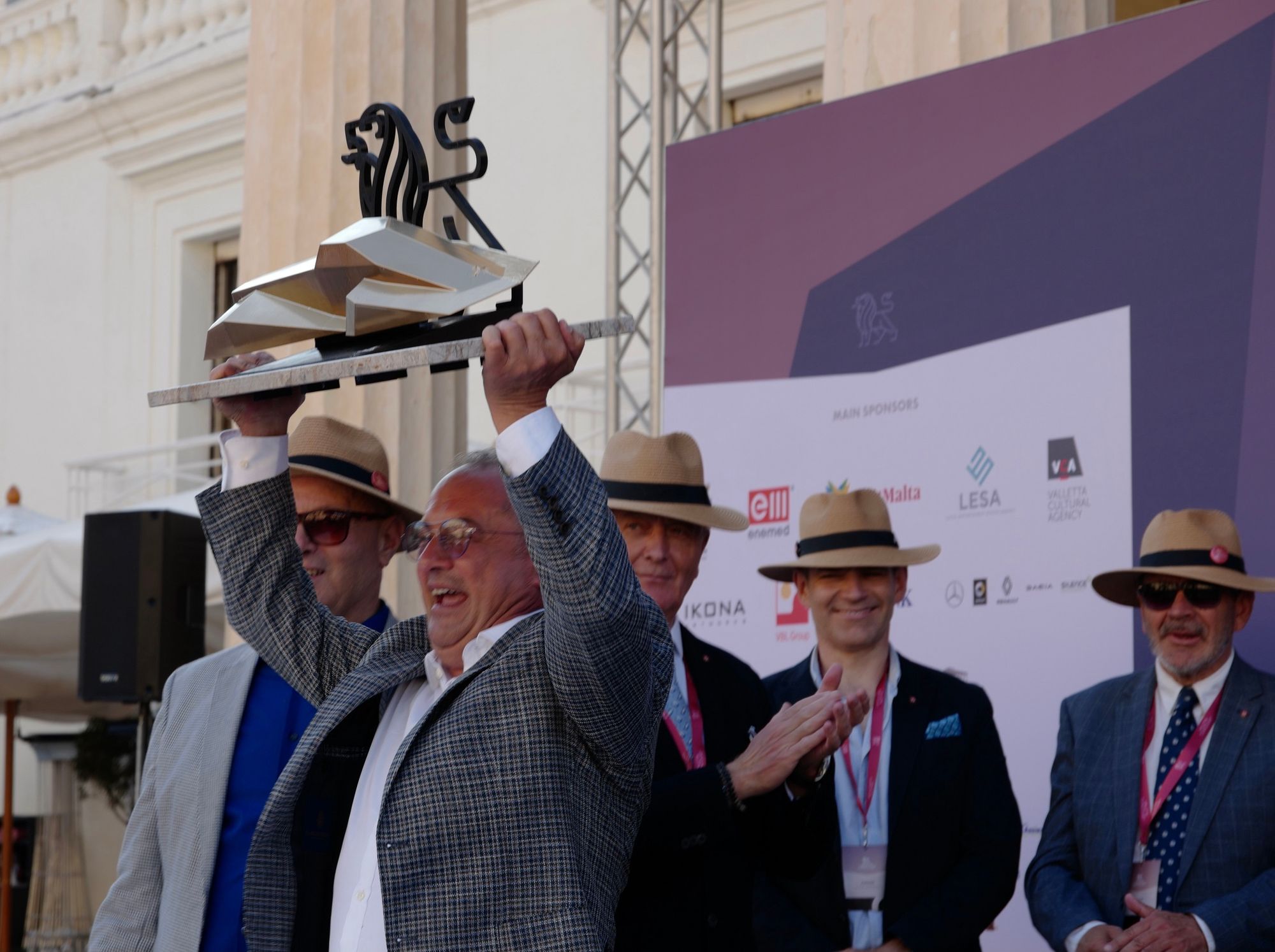
Comments
Sign in or become a deRivaz & Ives member to join the conversation.
Just enter your email below to get a log in link.
